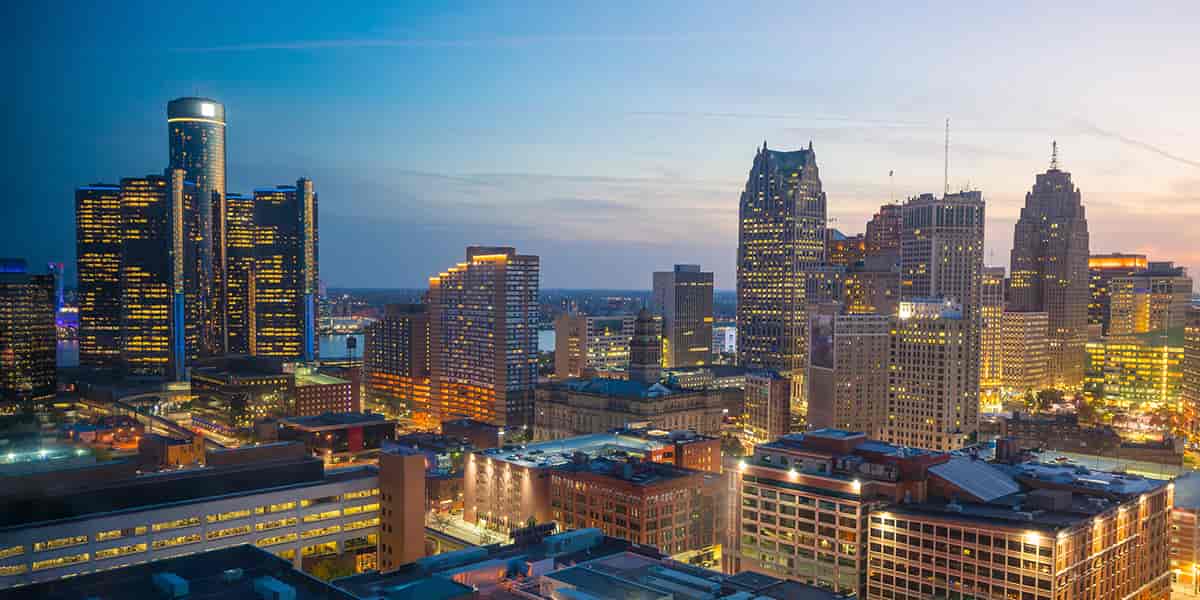Suboxone Doctors in Michigan
Find Suboxone Doctors in Michigan
Where to Find a Suboxone Doctor in Michigan

Unless you live close to Detroit, chances are good that you will have to travel far to find a suboxone doctor, as they are few and far between in this state. But you will still be able to find a doctor to help you.
Suboxone doctors in Upper Peninsula
If you’re in the U.P., there are few suboxone doctors to choose from. There’s one in the Calumet Township, on 6th Street in the Keweenaw National Historic Park.
Marquette and Harvey have two suboxone doctors close to each other, both close to US Route 41.
Read more about Suboxone doctors across MichiganSuboxone doctors in Northern Lower Peninsula
Not many suboxone clinics exist in the northern half of the Lower Peninsula either. Your best bet is to visit Traverse City, which has many doctors to choose from. They are on Front Street, Veterans Drive, and Bay Shore Drive.
Further north, Petoskey has a suboxone clinic, between Bay Street and Shopper Lane.
Gladwin and Mount Pleasant also have one such doctor each, close to the center of each town. Alpena has one as well, north of Bay View Park, on Washington Avenue.

Suboxone doctors in Detroit and Ann Arbor
Suboxone doctors are all over the place in Detroit. The largest clusters are close to Wyandotte/I-75 and Madison Heights, though they are all over the city.
Most of the suboxone doctors are close to I-696, especially where it meets up with I-75. Southfield, Oak Park, Royal Oak, and Madison Heights have the most suboxone clinics in this part of the city. You’ll find them close to Nine Mile Road west of I-75, next to the Detroit Zoo, and off both Eleven Mile and Twelve Mile Road east of the zoo.
The other great collection of suboxone clinics is close to Wyandotte, Southgate, Allen Park and Lincoln Park. Fort Street has the most, though you can also look for them on Dix Highway, Allen Road, and Old Toledo Road.
Around downtown Detroit, you’ll find most of the doctors on Conant Street, Dexter Avenue, and Schafer Road. There’s even one right along the waterfront, at the corner of Atwater Street and Renaissance Drive.
If you don’t want to head into the big city, you’ll find plenty of doctors in Ann Arbor. Most tend to be on or close to Washtenaw Avenue. There’s one right next to the University of Michigan, and even one in Ypsilanti, on Ecorse Road.

About Opioid abuse and addiction
Opioid abuse can be a serious problem for too many people. Whether the addiction comes from prescribed painkillers or abusing recreational drugs such as heroine, quitting any opiate is a difficult task.
Thankfully, you no longer have to go to a federally controlled methadone clinic to seek assistance in cleansing yourself of an opioid addiction. This is good if you want to stay under the federal radar, or if you want to avoid the potentially harsh side effects of methadone.
The Drug Addiction Treatment Act in the year 2000 allowed physicians to prescribe narcotic drugs to help treat opioid addiction. Suboxone was the first such drug legalized, in 2002.
Suboxone is much more effective in relieving opioid dependency than trying to quit cold turkey and has friendlier side effects than methadone.
What is Suboxone?
The medication known as Suboxone is actually a combination of two drugs, buprenorphrine and naloxone. The two drugs work together to alleviate the withdrawal symptoms commonly seen by opiate users and allow the user to wean themselves off of dangerous drug use, while being designed to prevent abuse.
Without the assistance of a medication, only 25 percent of people addicted to opiates manage to go for a year without relapsing. By using Suboxone, the chances of success improve, potentially hitting 60%, provided the person in question is on board with fighting the addiction and making an effort to change their behavior and environment.
Suboxone is available as both a sublingual tablet and as a filmstrip. The first is held under the tongue while it dissolves into the blood vessels located there. The filmstrip is used in a similar fashion, but resembles a postage stamp that completely dissolves in your mouth.
The Role of Buprenorphrine
The main workhorse of the drug, buprenorphrine is an opioid. Specifically, it is a partial opioid agonist. Unlike full opioid agonists like morphine and oxycodone, it does not cause euphoria when taken according to directions, but some people report that it makes them feel normal.
It also has a partial painkiller effect on its own, so you can think of buprenorphrine as an opioid drug with the nasty parts cut off.
Buprenorphrine still triggers the part of the brain that thinks it is receiving an opioid dose, and in this way the drug prevents withdrawal symptoms from occurring. Because the medication stays attached to the opioid receptors for up to 24 hours, it blocks other opiate drugs from causing their high.
The Role of Naloxone
Naloxone is an opioid antagonist, so it clears out any drug currently attached to the opioid receptors. This drug is included in Suboxone to prevent abuse of the medication. When taken orally the naloxone has no effect. But when injected or snorted, naloxone removes the high instead of providing one.
This does have the effect of immediately kickstarting withdrawal symptoms, which further discourages abuse.
Conclusion
If you live near or in Michigan, and feel the need to escape from an opioid addiction, there is hope. Suboxone can provide the medical assistance necessary to wean yourself off opiates, and there are plenty of doctors to choose from.
References
https://psychcentral.com/lib/how-is-suboxone-treatment-different-than-drug-abuse/ https://www.webmd.com/mental-health/addiction/buprenorphine-for-drug-dependence